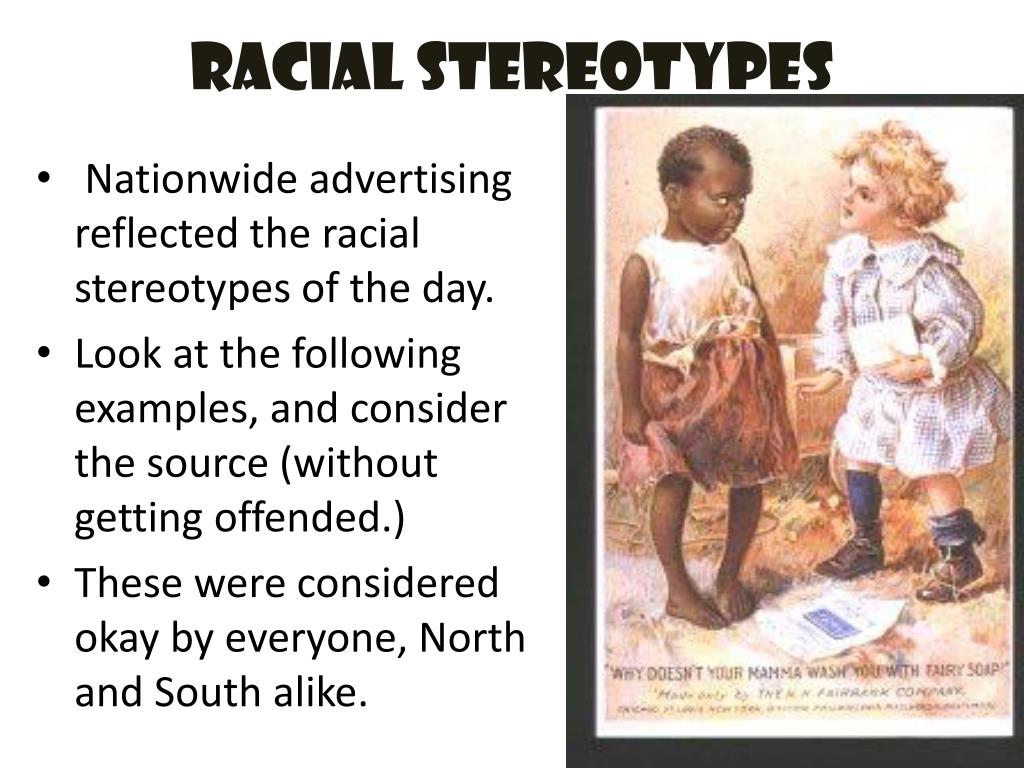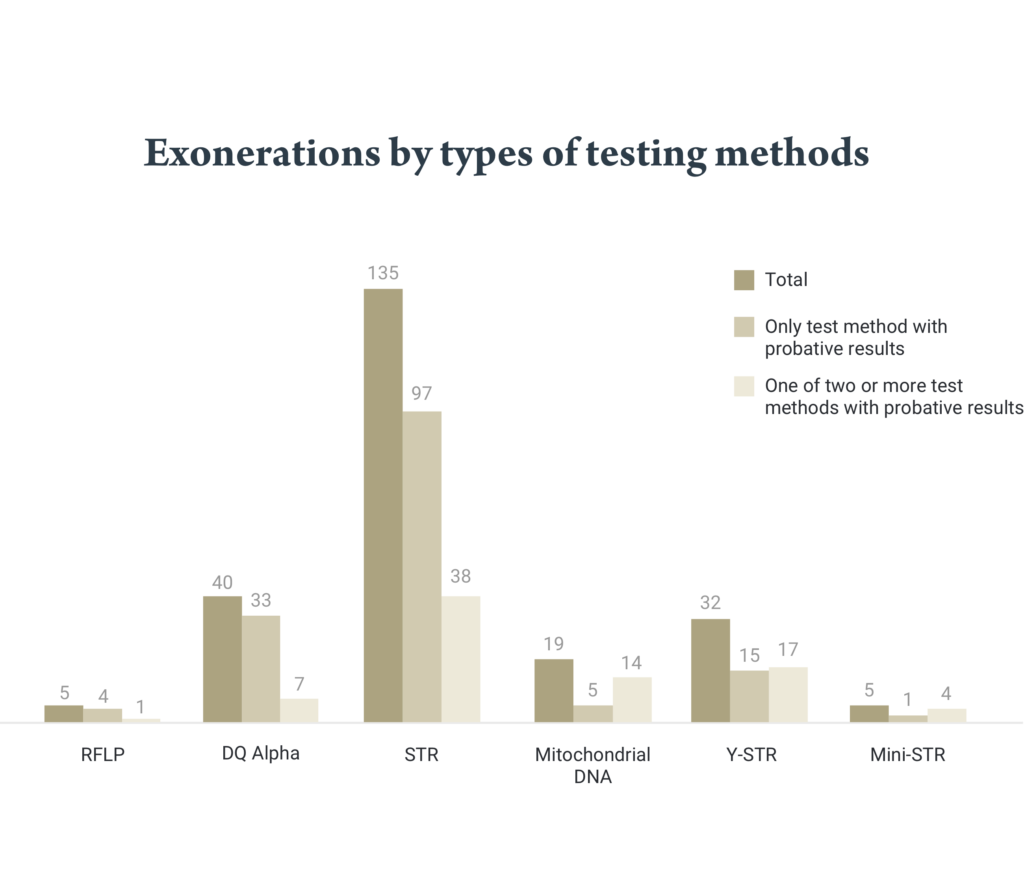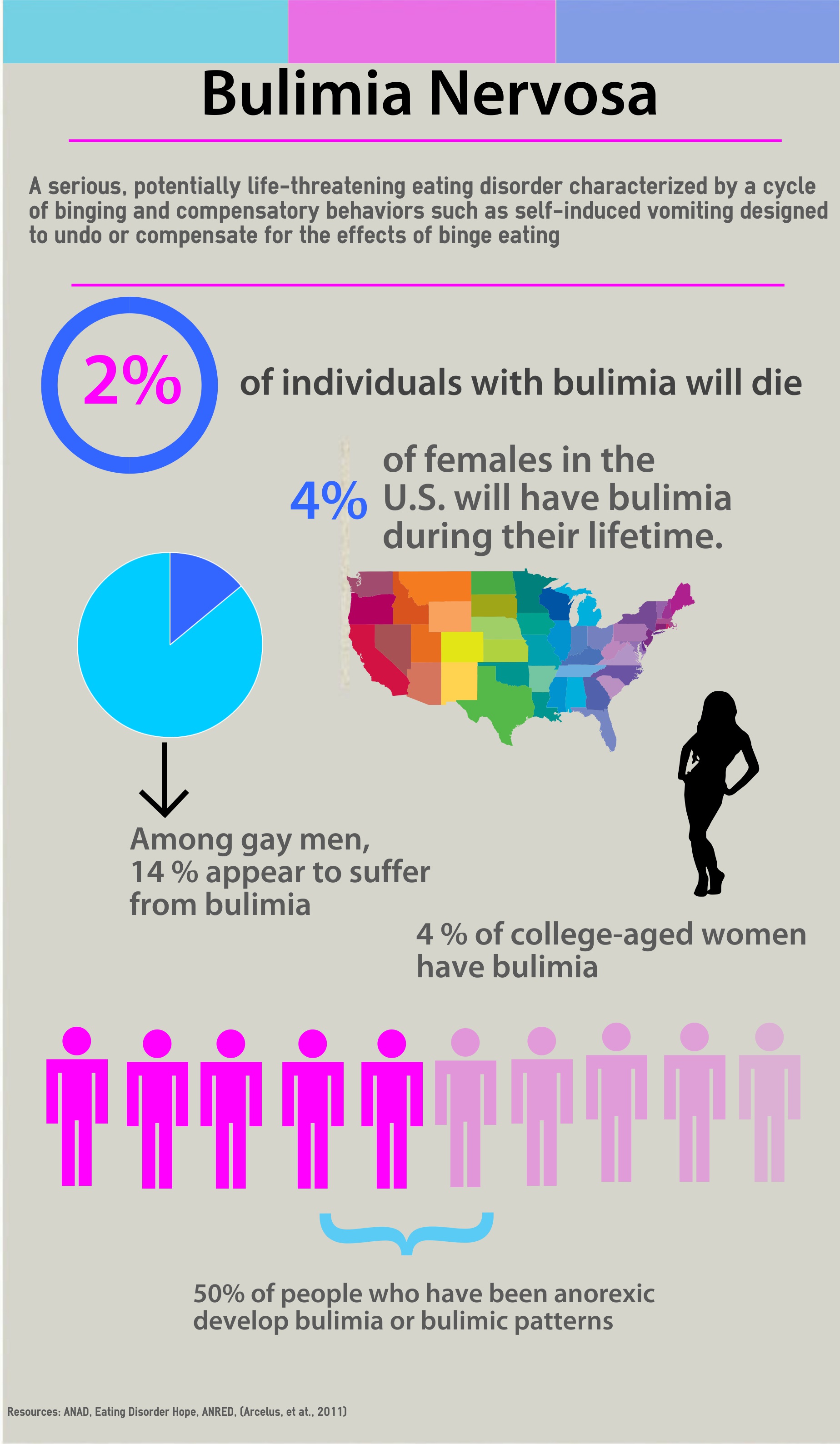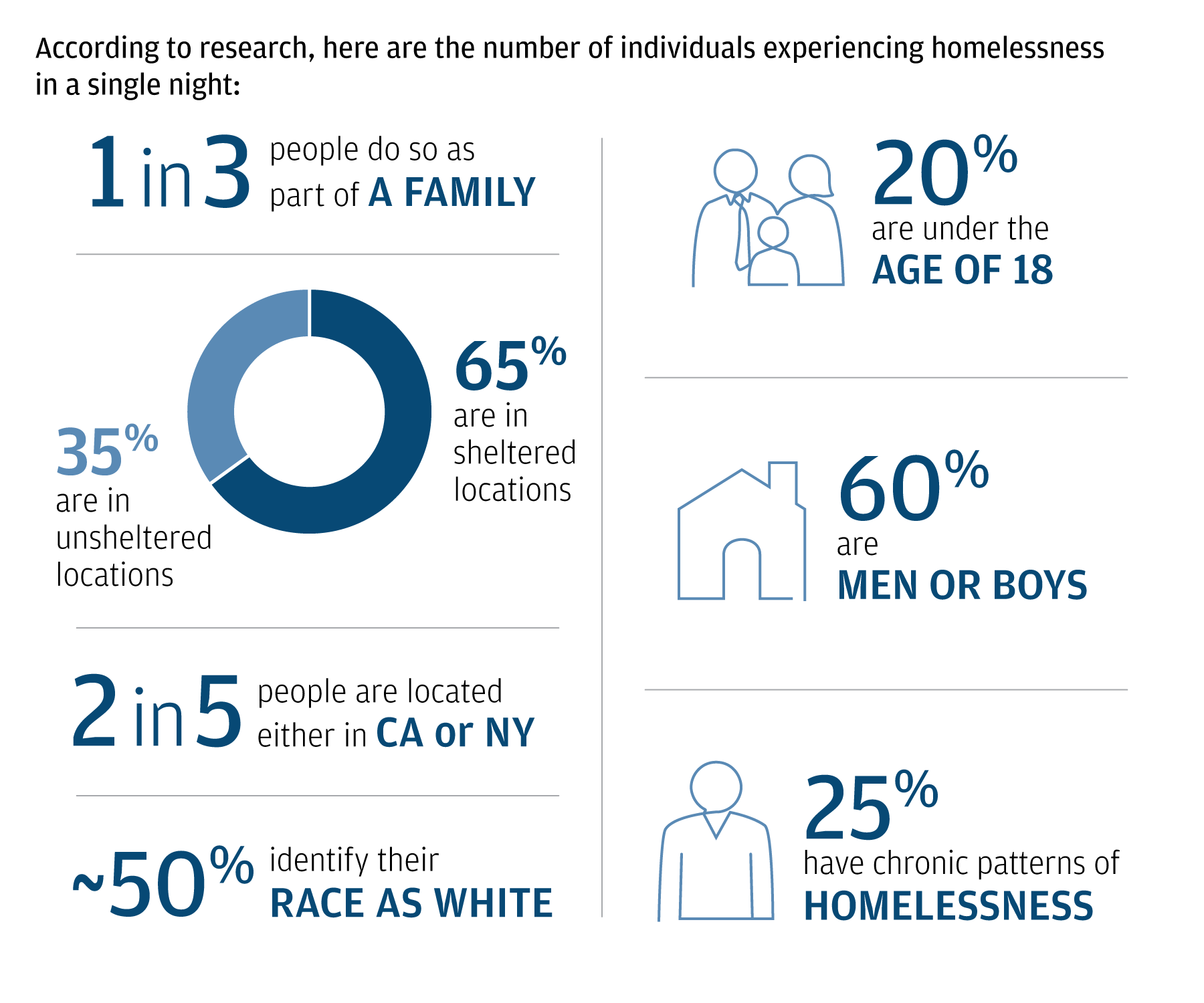Some relationships among teens results to abuse
Table of Contents
Table of Contents
Abusive relationships are unfortunately all too common, affecting individuals of all ages, genders, and backgrounds. Statistics about abusive relationships are eye-opening and can shed light on the severity of the issue. Understanding the prevalence and impact of abusive relationships is crucial in preventing and addressing this problem.
The Pain Points of Abusive Relationships
Victims of abusive relationships often experience a myriad of negative effects, including physical injuries, emotional trauma, and decreased quality of life. These relationships can result in anxiety, depression, PTSD, and in severe cases, even death. The cycle of abuse can be difficult to break, and many individuals may feel trapped or unable to seek help.
Answering the Target of Statistics about Abusive Relationships
Statistics about abusive relationships can help raise awareness about the prevalence and impact of this problem. By understanding the scope of the issue, individuals can more easily identify warning signs and seek help if necessary. It is important to note that abusive relationships can impact anyone, regardless of age, gender, or socioeconomic status.
Summary of Key Points
Statistics about abusive relationships are crucial in understanding and addressing this problem. Victims of abusive relationships may experience physical and emotional trauma, decreased quality of life, and even death. By increasing awareness of the issue, individuals can better identify warning signs and seek help if necessary. It is important to remember that anyone can be affected by an abusive relationship.
The Impact on Teens
Teen dating violence is a significant issue that often goes unaddressed. In fact, one in three teenagers will experience some form of abuse in a dating relationship. This can have serious consequences on their relationships and overall well-being, leading to depression, anxiety, and even lower academic performance.
 My own personal experience with teen dating violence has taught me how important it is to address this issue. I was in a relationship with someone who was emotionally and verbally abusive, constantly belittling me and making me feel insignificant. It wasn’t until I sought help that I realized how damaging the relationship had been and how important it is to educate others about the warning signs of abuse.
My own personal experience with teen dating violence has taught me how important it is to address this issue. I was in a relationship with someone who was emotionally and verbally abusive, constantly belittling me and making me feel insignificant. It wasn’t until I sought help that I realized how damaging the relationship had been and how important it is to educate others about the warning signs of abuse.
The Impact on LGBTQ+ Individuals
Studies have shown that LGBTQ+ individuals experience higher rates of domestic violence than their heterosexual counterparts. In fact, 43.8% of lesbian women and 61.1% of bisexual women report experiencing rape, physical violence, or stalking by an intimate partner, compared to 35% of heterosexual women.
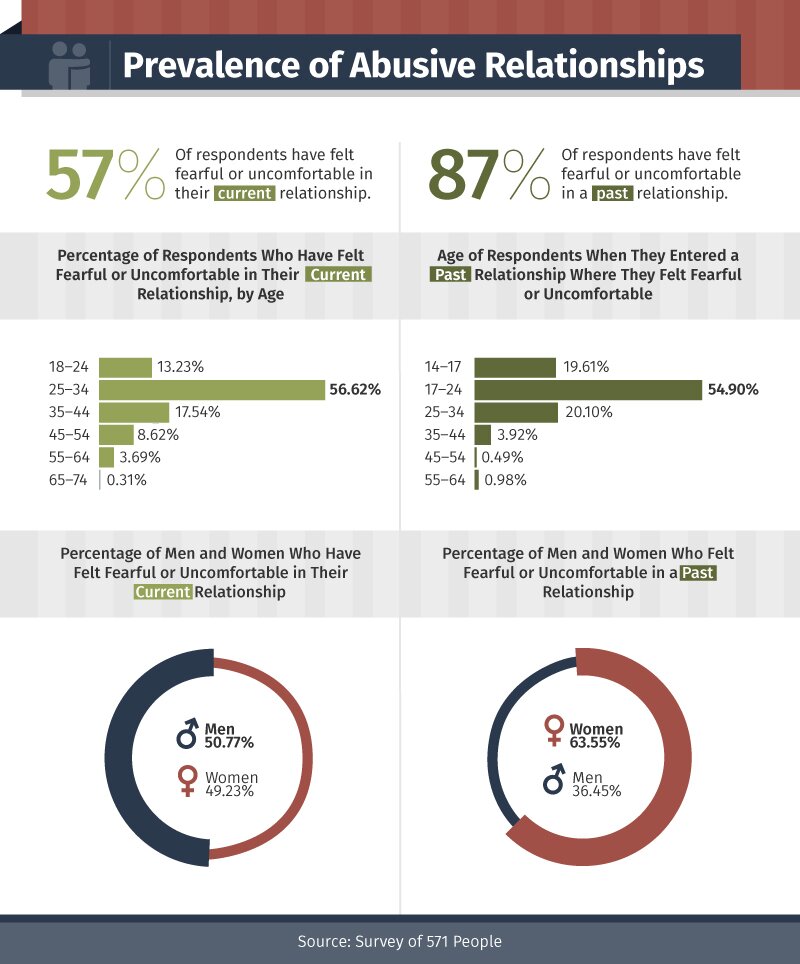 As a member of the LGBTQ+ community, I have seen first-hand the impact of domestic violence on these individuals. Discrimination and other factors can make it difficult for members of the community to seek help or feel supported. It is crucial for all individuals to understand and address this issue within the LGBTQ+ community.
As a member of the LGBTQ+ community, I have seen first-hand the impact of domestic violence on these individuals. Discrimination and other factors can make it difficult for members of the community to seek help or feel supported. It is crucial for all individuals to understand and address this issue within the LGBTQ+ community.
The Long-Term Effects of Abusive Relationships
Unfortunately, the effects of abusive relationships can last long after the relationship has ended. Victims may suffer from PTSD, anxiety, or depression, impacting their future relationships and overall quality of life. It is important for individuals to seek help and support in healing from these experiences.
Breaking the Cycle
Breaking the cycle of abuse can be difficult, but it is possible with the right resources and support. It is important to remember that no one deserves to be in an abusive relationship and that help is available. Through education and awareness, we can work to prevent and address the prevalence of abusive relationships.
Question and Answer
Q: What are some common warning signs of an abusive relationship?
A: Some common warning signs include physical violence, emotional abuse, isolating the victim from friends or family, and possessiveness.
Q: How can I support a friend who is in an abusive relationship?
A: Let your friend know that you are there for them and offer non-judgmental support. Encourage them to seek professional help and provide resources if possible.
Q: What are some resources available for victims of abusive relationships?
A: The National Domestic Violence Hotline (1-800-799-7233) offers confidential support and resources for victims of domestic violence. Local organizations and shelters may also offer support services.
Q: How can we work to prevent abusive relationships from occurring?
A: Prevention efforts can include education and awareness campaigns, healthy relationship education, and addressing societal factors that may contribute to abusive relationships.
Conclusion of Statistics about Abusive Relationships
Statistics about abusive relationships are important in understanding the prevalence and impact of this issue. It is crucial for all individuals to recognize the warning signs of abuse and seek help if necessary. By increasing awareness and working to prevent abusive relationships, we can work towards a future free from domestic violence.
Gallery
Aware

Photo Credit by: bing.com / relationships abusive men abuse domestic many their physically aware demographics fears emotionally he but staying over
Teen Abusive Relationship Statistics | Domestic Violence Infographics

Photo Credit by: bing.com / relationship abusive stats changing infographics laws girltalkhq
Aware
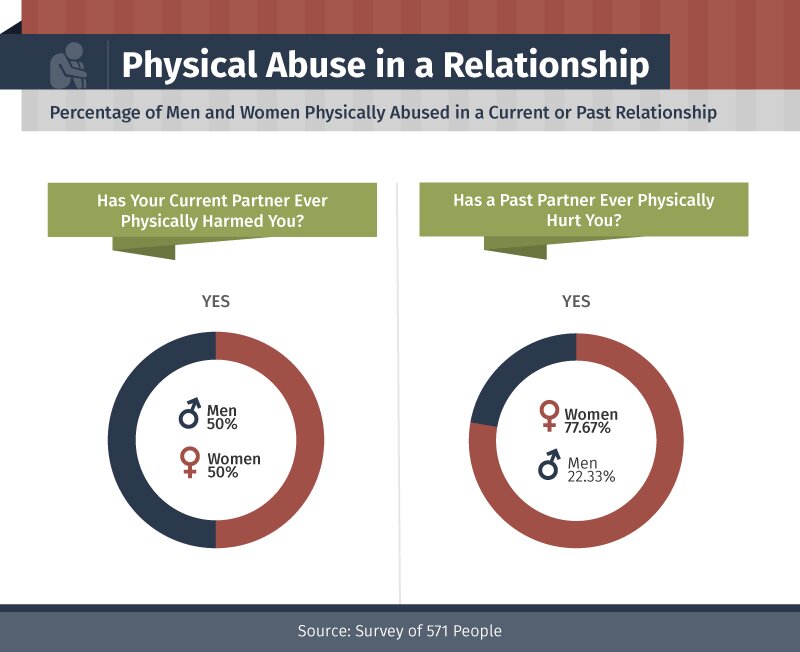
Photo Credit by: bing.com / relationships abusive physically violence gender emotionally aware
Some Relationships Among Teens Results To Abuse

Photo Credit by: bing.com / domestic shouldn hurt partner three tubezzz stages
18 Statistics On Abusive Relationships - BrandonGaille.com
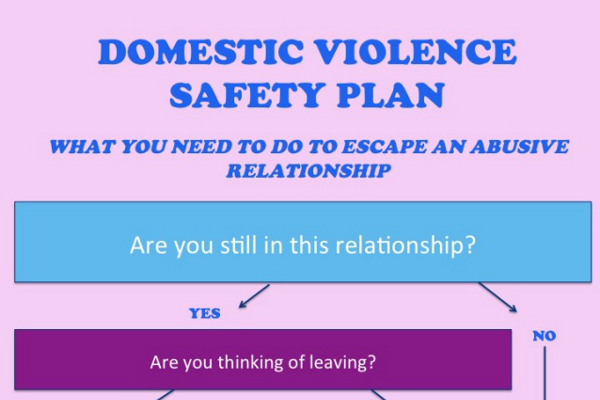
Photo Credit by: bing.com / abusive relationships statistics relationship quotes brandongaille friends quotesgram
